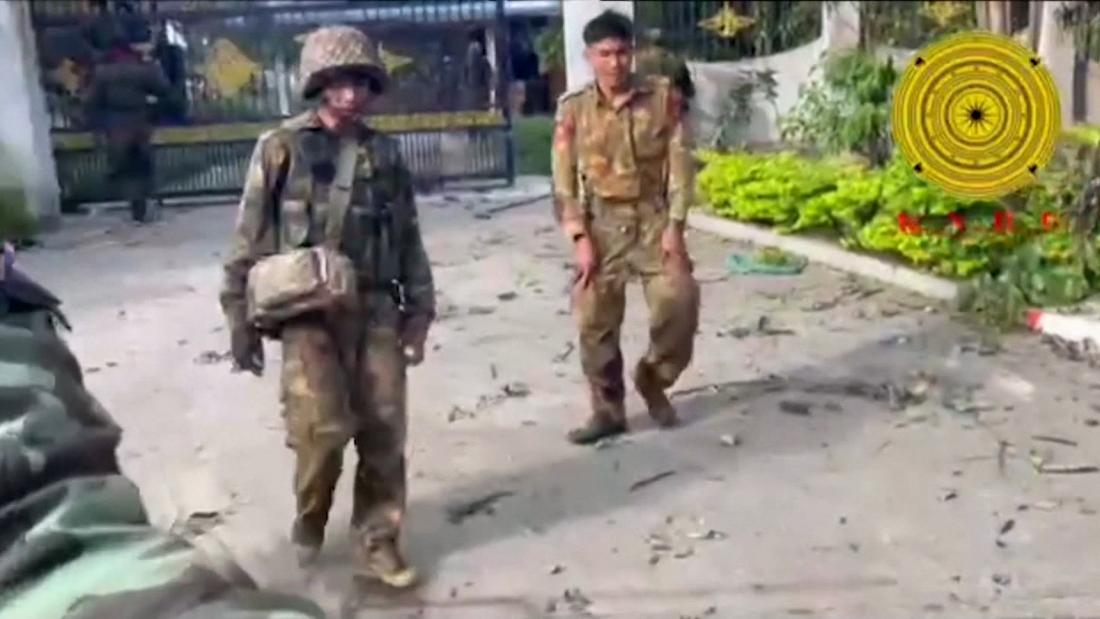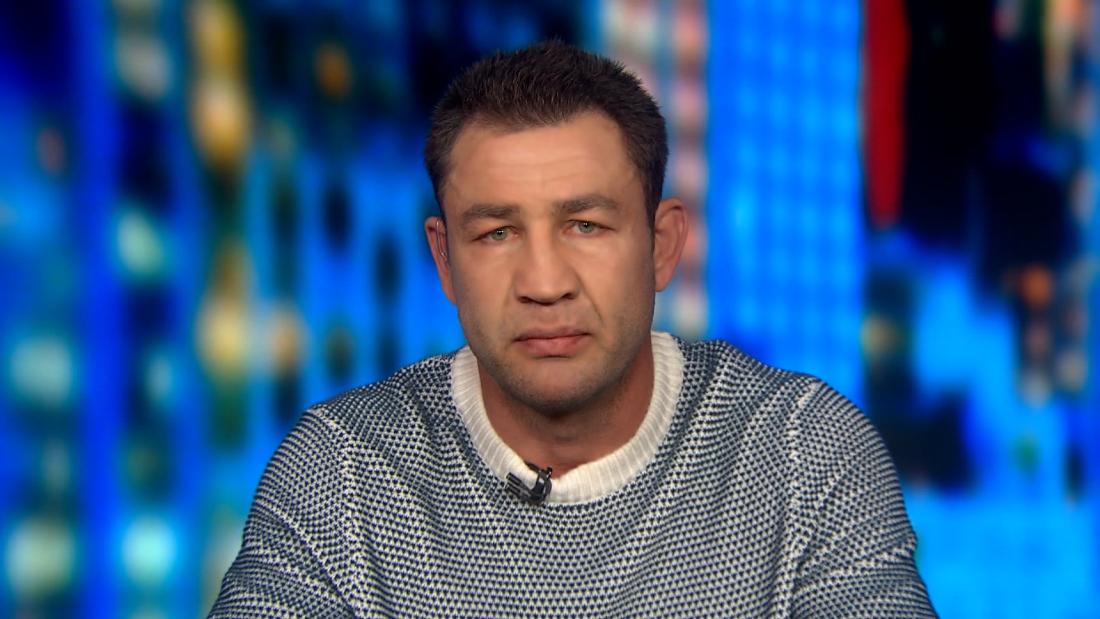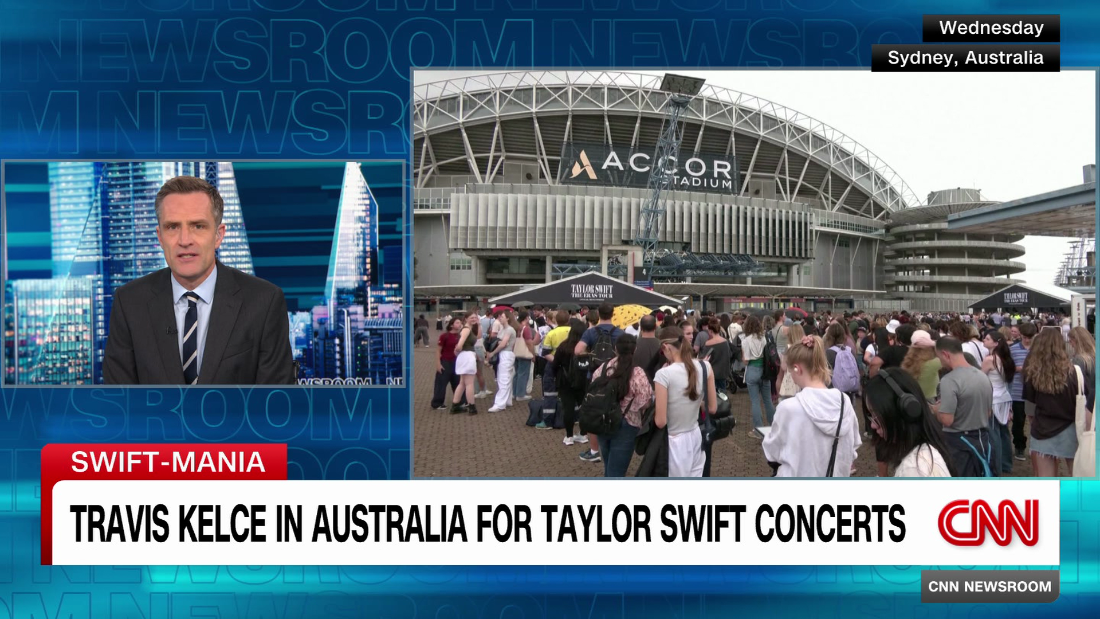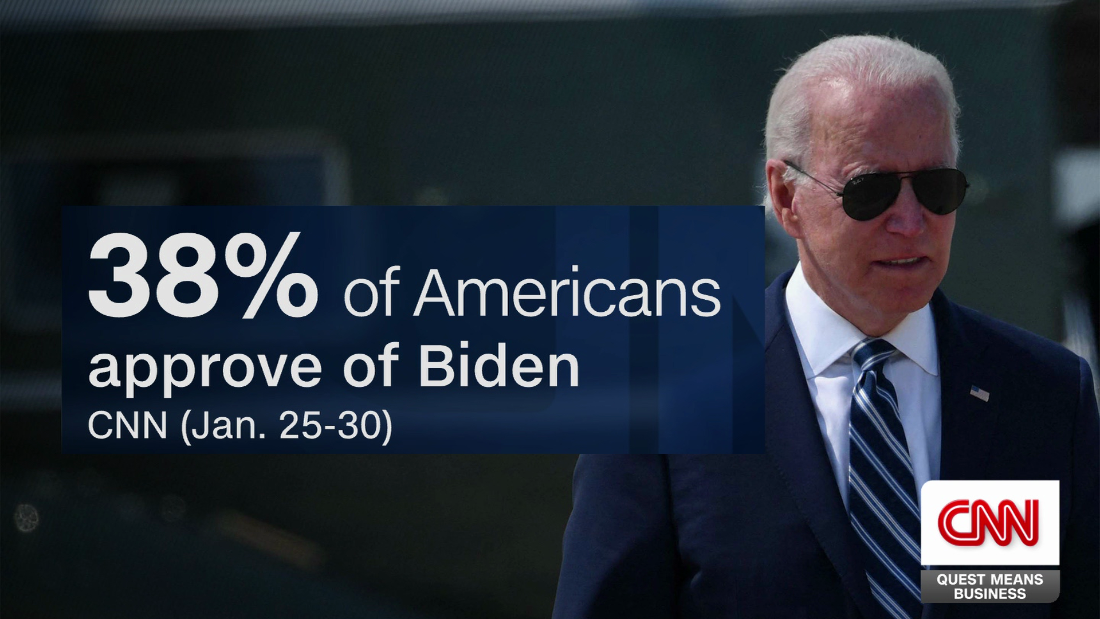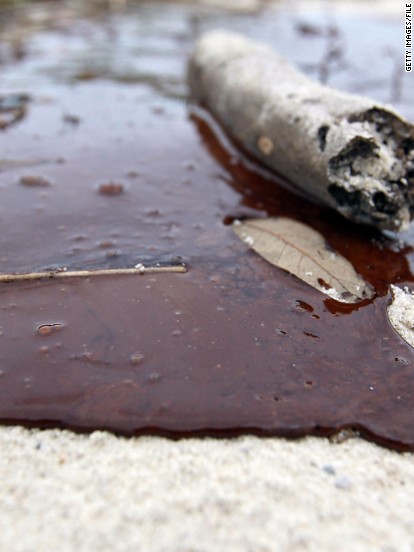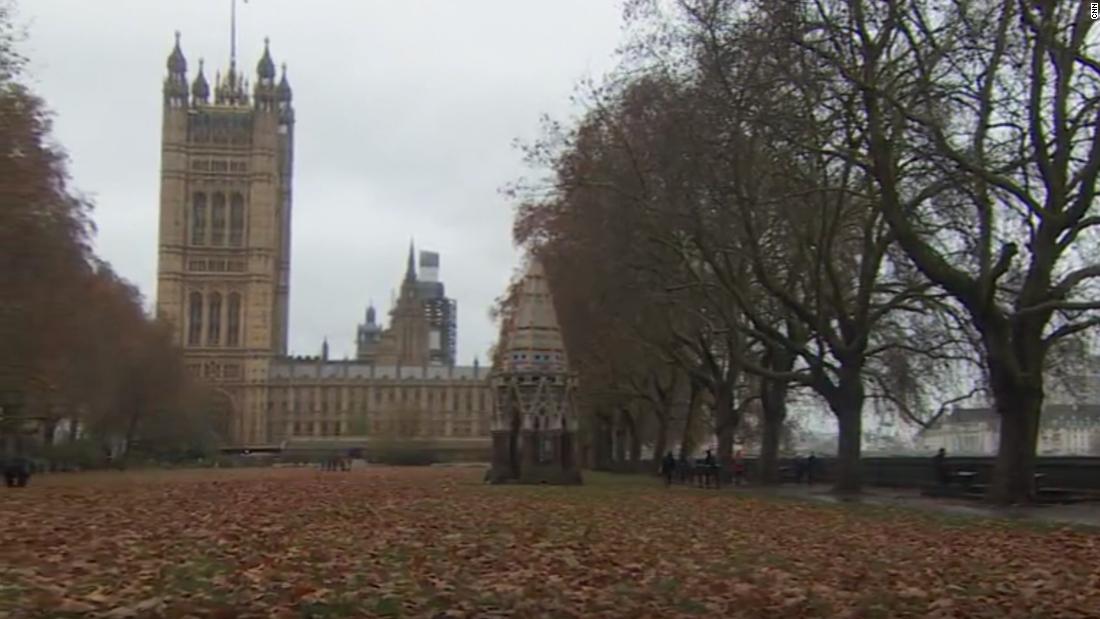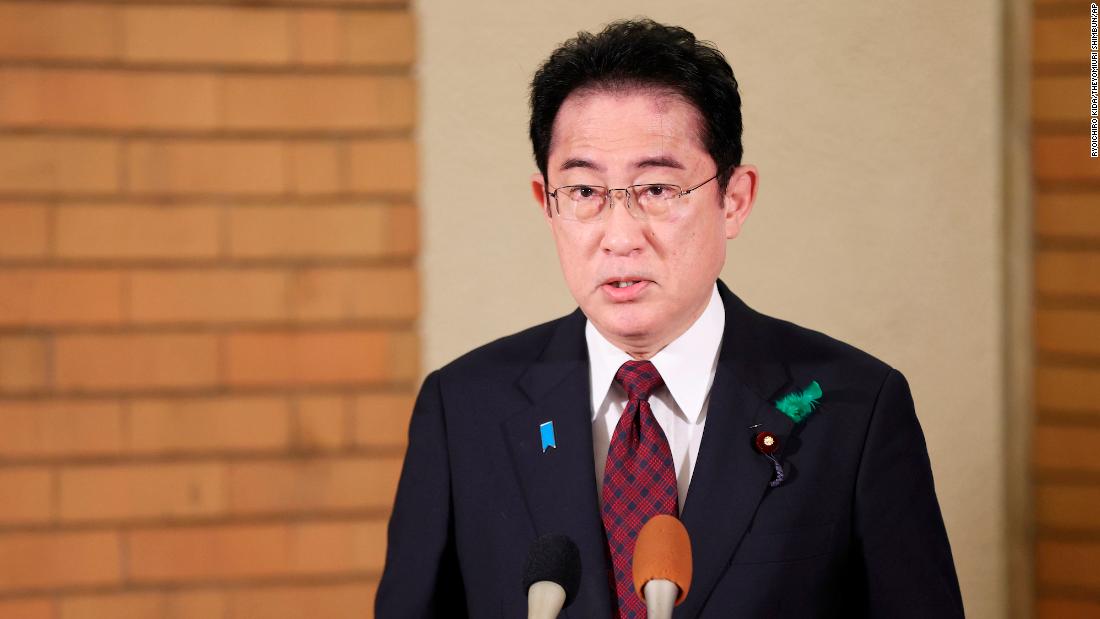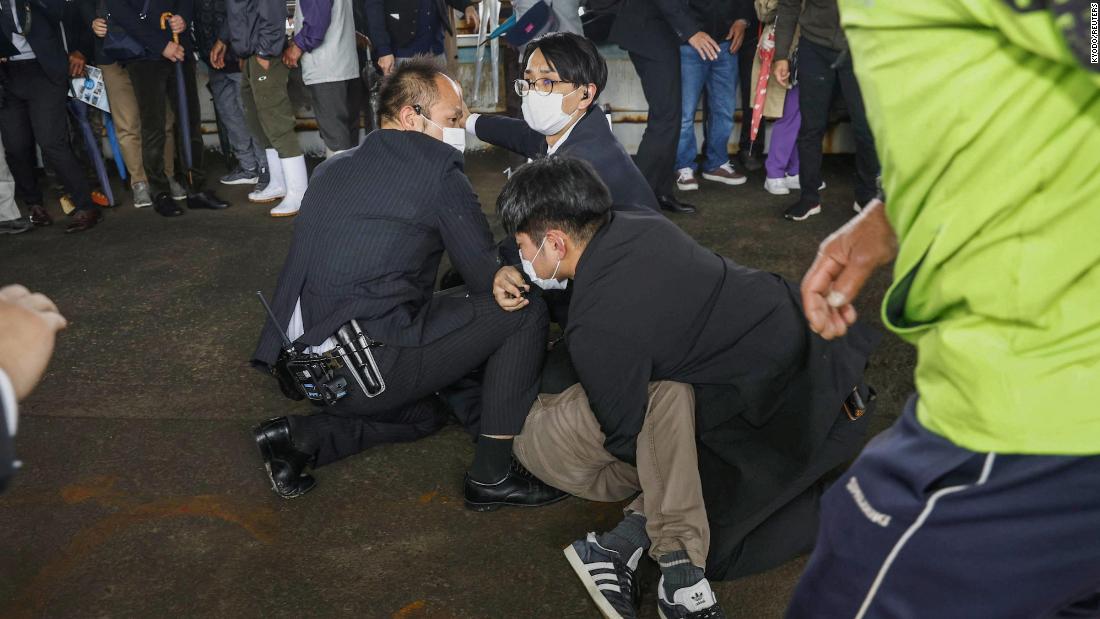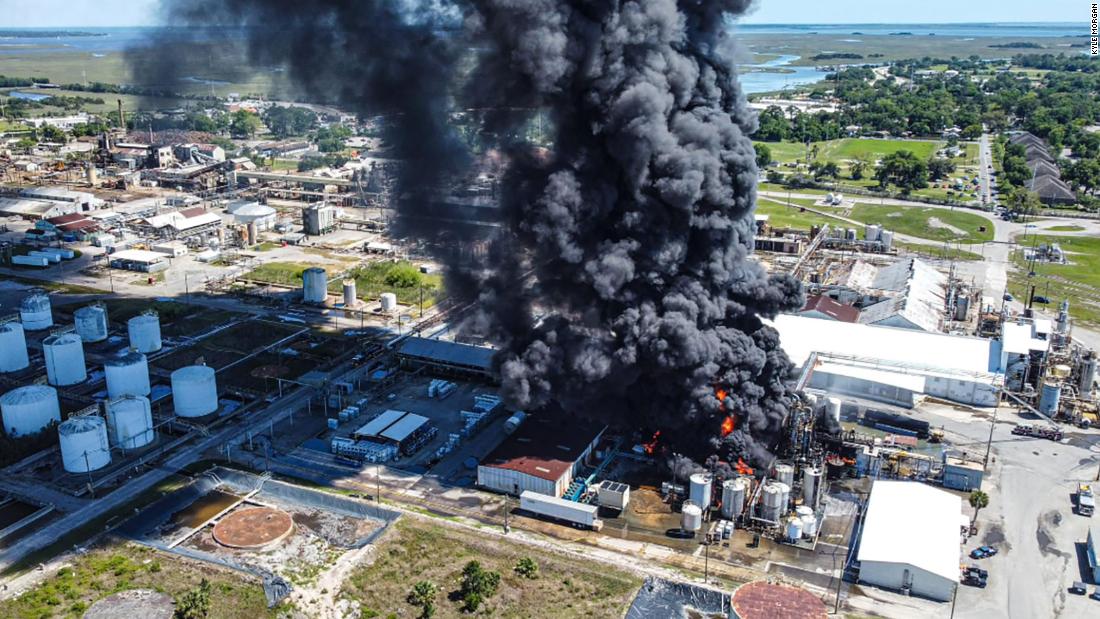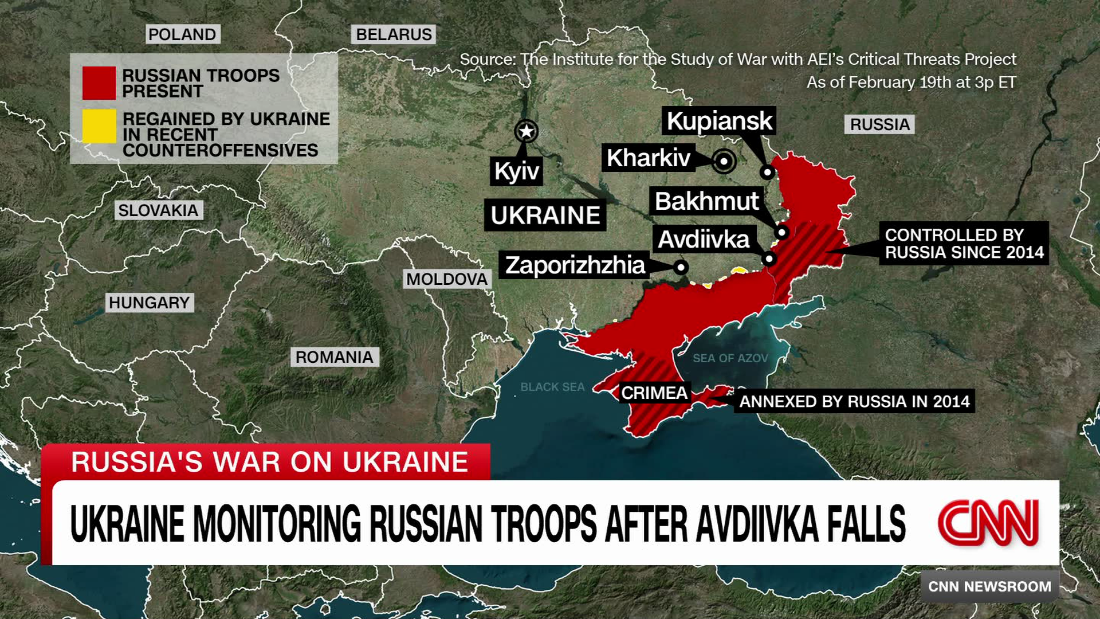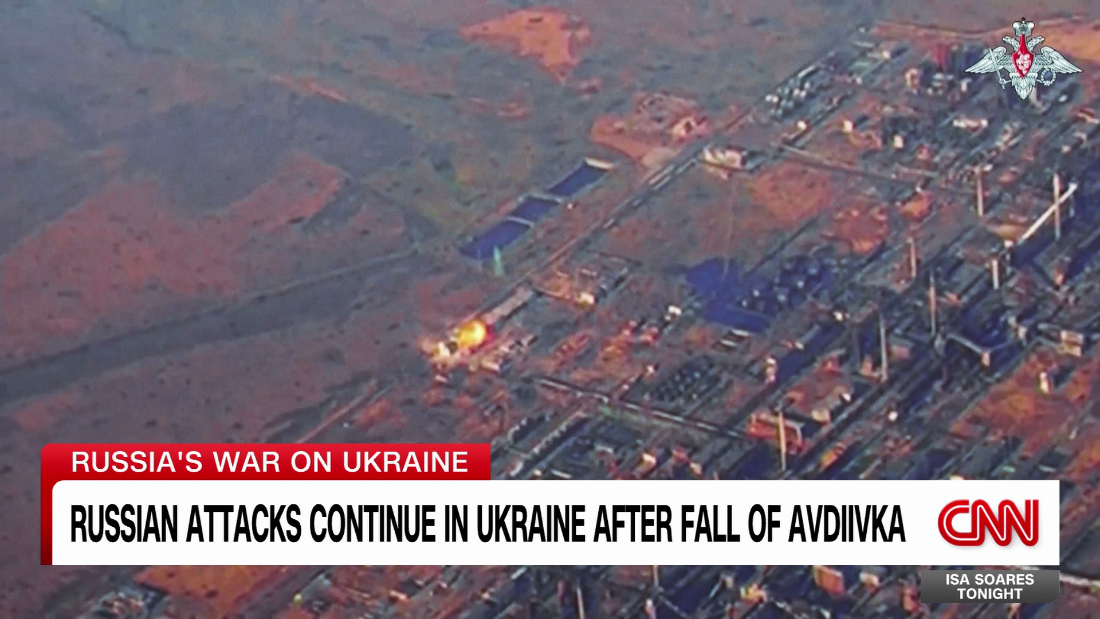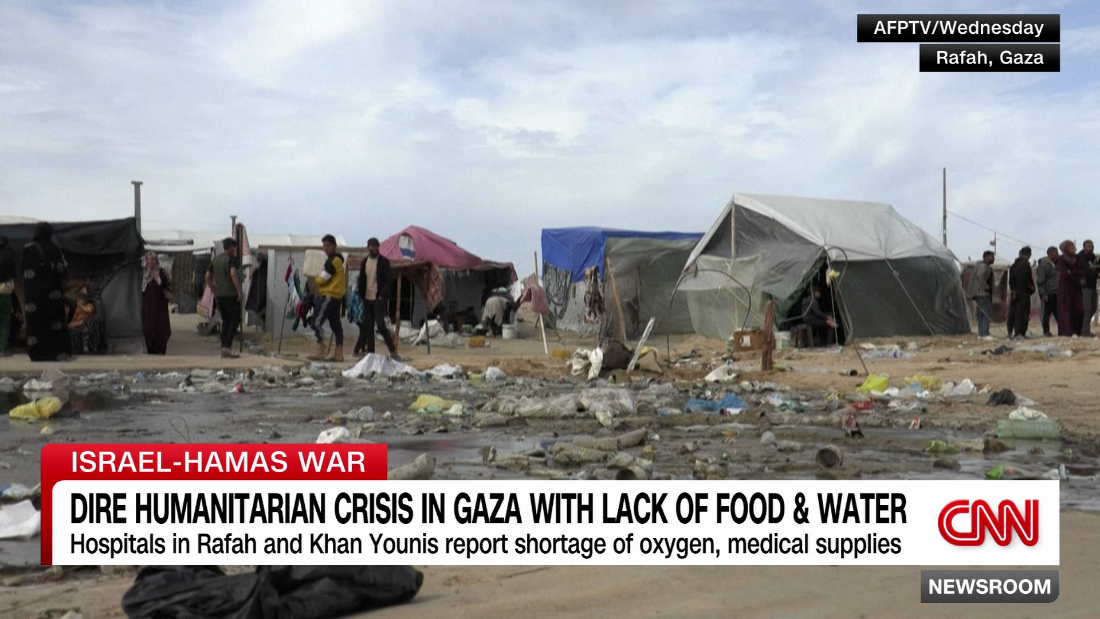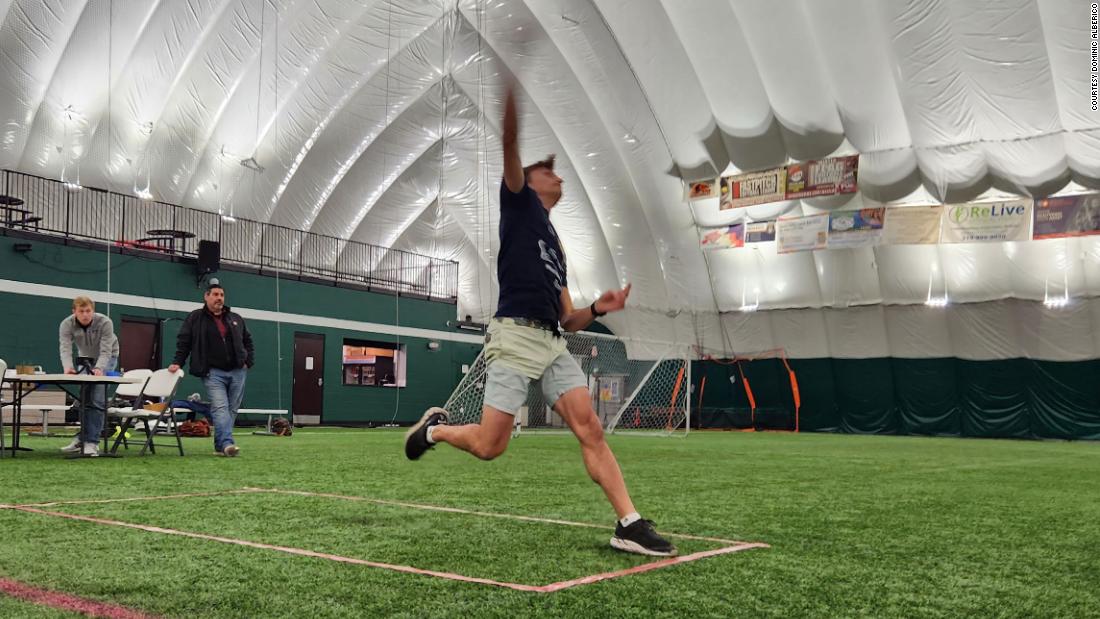SOME schools have considered cancelling Sports Day as the UK faced soaring temperatures over the last few days.
National School Sports Week was set to take place from June 16 to 22, but several schools around the UK cancelled the event due to 30C temperatures.
Getty – ContributorIt comes as the Met Office issued an amber alert for the end of the week[/caption]
Some parents, however, have criticised this change and suggested teachers were “turning kids soft”.
For very hot days, the Department for Health and Social Care (DHSC) has made the recommendation that children not take part in “vigorous physical activity”.
Additionally, they point out that: “Lessons can be adapted for hot weather when sedentary activities are more appropriate.”
Temperatures between 26-32 degrees Celsius can cause signs of fatigue and exhaustion when taking part in prolonged exercise.
Whilst currently there is no maximum legal temperature limit for fitness classes, risks have been associated with exercise when temperatures reach these highs.
The National Governing Body for Group Exercise outlines that these high temperatures can “cause signs of fatigue and exhaustion when taking part in prolonged exercise.”
Moreover, they highlight: “Temperatures above 32 degrees Celsius present risks of heat exhaustion and heatstroke, which must be taken very seriously.”
Below are steps that can be taken to avoid heat stroke for children.
The National Education Union suggest avoiding the midday sun during sport days that are hot.
Therefore classes should be held in the early morning or late afternoon, as well as conducted under shady areas where available.
On top of that, “students should be encouraged to wear suitable hats, t-shirts and sunglasses, and to regularly apply sun screen and drink lots of water,” due to the increased risk of sunburn.
Scheduling of sports days and other outdoor activities can also be moved to earlier in the summer or spring term.
Teachers should also be educated on recognising the signs of heat stress or exhaustion in children.
This will ensure students do not suffer from heat stroke and the risks associated with exercising during extreme temperatures.
These include looking out for heat-related symptoms like dizziness, nausea, high body temperature above 40 degrees Celsius, red skin that may be sweaty or dry, fast heartbeat or shall breathing.
Schools are not generally advised to close during hot weather, but there are steps that can be taken to ensure children are safe and comfortable in these conditions.
An amber alert from the Met Office “indicates adverse health effects are likely to be experienced by those vulnerable to extreme heat, with the wider population likely to experience some adverse health effects, e.g., sunburn or heat exhaustion,” according to the Joint Union Heatwave Protocol.
On top of that, “Where a Red Alert is issued for extreme heat, school and college employers must ensure that an immediate, additional risk assessment is carried out and the control measures indicated are enacted, which could include full or partial closure of the site, if the risk assessment deems this necessary.”
Therefore, issuing of a red alert by the Met Office is justifiable means for schools to be closed down for the safety of children.
Published: [#item_custom_pubDate]
















